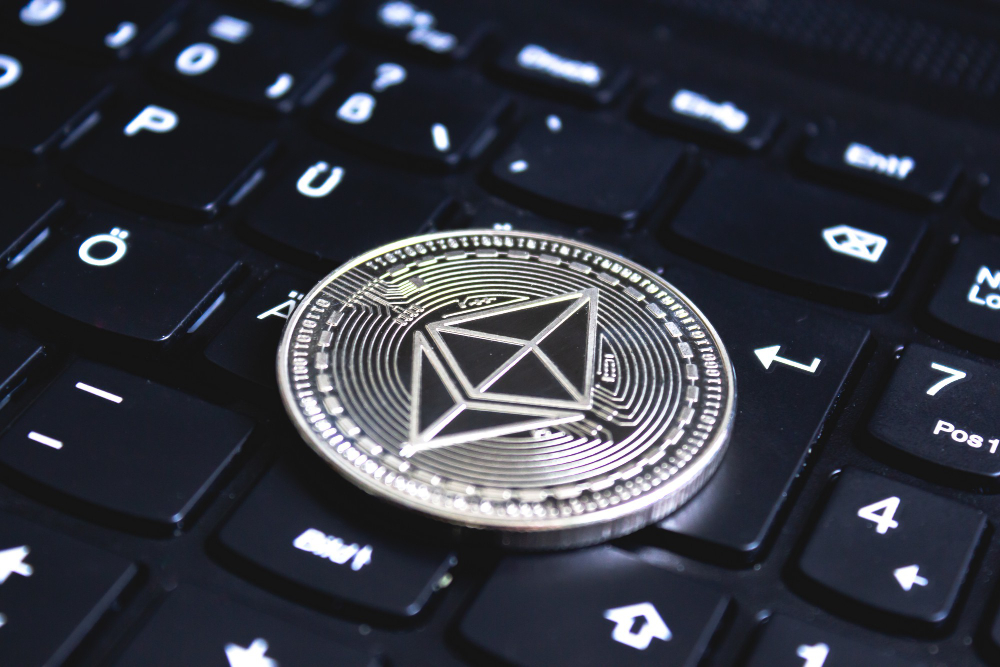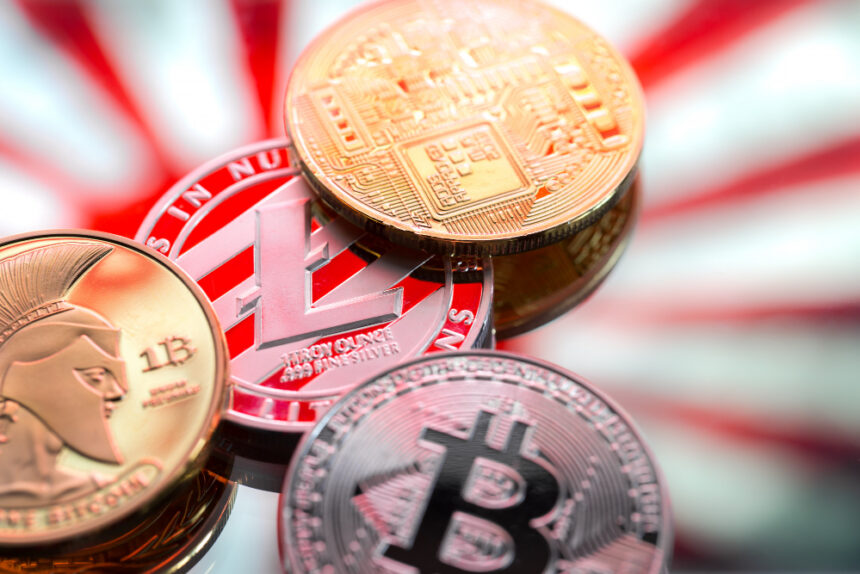The cryptocurrency market has evolved rapidly over the past decade, transcending its early association with a single coin — Bitcoin. While Bitcoin remains the most recognized digital currency, it is no longer the sole driver of the crypto ecosystem. Altcoins — or “alternative coins” — have surged in popularity and utility, creating new economic models, investment opportunities, and technological innovations that are redefining how we view digital assets.
The diversification of the cryptocurrency market is both a response to Bitcoin’s limitations and an effort to capitalize on emerging blockchain technologies. With thousands of altcoins now active, each offering unique features, use cases, and communities, the stage is set for an unprecedented transformation. This blog dives deep into the rise of altcoins, their influence on the global cryptocurrency market, and what their existence means for investors, developers, and governments alike.
Understanding the Foundations of the Cryptocurrency Market
To grasp the significance of the altcoin revolution, it’s important to understand the fundamentals of the cryptocurrency market. At its core, the market is built on decentralized blockchain networks that facilitate peer-to-peer transactions without intermediaries. Bitcoin was the pioneer, solving the double-spending problem and introducing a deflationary digital currency model.
However, as the cryptocurrency market expanded, so did its ambitions. Altcoins were created to overcome Bitcoin’s shortcomings, such as limited scalability, energy consumption, and lack of smart contract functionality. Ethereum, Litecoin, Ripple, and other early altcoins laid the groundwork for a more dynamic and functional ecosystem.
Today, the cryptocurrency market is valued in the trillions, encompassing thousands of coins, decentralized finance (DeFi) platforms, non-fungible tokens (NFTs), and metaverse economies. The market has matured from speculative investing to offering real-world applications in finance, supply chain, governance, and beyond.
What Are Altcoins and Why Do They Matter?
Altcoins represent all cryptocurrencies other than Bitcoin. This broad category includes everything from Ethereum and Solana to meme coins like Dogecoin and Shiba Inu. These digital assets serve diverse purposes — from powering smart contracts and decentralized applications to acting as governance tokens in decentralized autonomous organizations (DAOs).
Altcoins are vital to the evolution of the cryptocurrency market because they introduce competition, foster innovation, and solve specific problems. For example, Ethereum introduced a programmable blockchain that enables the creation of decentralized applications. Cardano focused on scientific and peer-reviewed development. Polkadot and Cosmos are building interoperability between blockchains.
The proliferation of altcoins has also led to the fragmentation and specialization of the cryptocurrency market. Investors can now diversify their portfolios across a wide array of assets tailored to specific niches and sectors within the blockchain universe.
The Growth of Decentralized Finance (DeFi)
Decentralized finance, or DeFi, has become a cornerstone of the altcoin revolution. Built primarily on Ethereum and other smart contract platforms, DeFi enables users to lend, borrow, trade, and earn interest on cryptocurrencies without relying on traditional financial institutions.
This disruption has opened the doors for billions of dollars in value to flow into decentralized exchanges (DEXs), lending protocols, yield farming platforms, and synthetic asset systems. Projects like Uniswap, Aave, Compound, and Curve have become giants in the cryptocurrency market, driving volume and liquidity in ways never seen before.
DeFi not only increases access to financial services globally but also provides a testing ground for new economic models. Altcoins in the DeFi space often have governance mechanisms that allow users to vote on protocol upgrades and changes — a truly democratic financial structure.
Altcoins and the Expansion of the Metaverse
The metaverse, an immersive digital space blending augmented reality (AR), virtual reality (VR), and blockchain, has introduced a new chapter in the cryptocurrency market. Altcoins like Decentraland (MANA), The Sandbox (SAND), and Axie Infinity (AXS) power virtual economies where users can create, buy, and sell digital assets.
These coins are not just tokens of value; they are essential components of functioning virtual societies. They allow for ownership of land, characters, and even intellectual property in virtual worlds. This development expands the cryptocurrency market beyond finance into gaming, entertainment, education, and social interaction.
The emergence of the metaverse has brought mainstream attention to altcoins, as companies like Facebook (now Meta), Microsoft, and major gaming studios explore blockchain integration. As a result, the altcoin-driven metaverse economy is poised to become a dominant force in the digital era.
NFTs: Altcoins Unlocking Digital Ownership

Non-fungible tokens (NFTs) are another major driver of altcoin adoption. Unlike Bitcoin, which is fungible, NFTs represent unique digital items like art, music, videos, and in-game assets. Ethereum, the most widely used NFT platform, utilizes its native cryptocurrency (ETH) to mint and trade NFTs.
Other altcoins such as Flow (used by NBA Top Shot), Tezos, and Solana offer lower fees and faster transaction times for NFT operations. This diversification strengthens the cryptocurrency market and highlights the flexibility and innovation of altcoin platforms.
NFTs have revolutionized the concept of ownership and copyright in the digital age. They enable artists, musicians, and content creators to monetize their work directly, without intermediaries, while also giving collectors verifiable proof of ownership.
The Role of Stablecoins and Their Altcoin Foundations
Stablecoins are a unique class of altcoins that are pegged to fiat currencies like the US dollar. Examples include USDT (Tether), USDC (USD Coin), and BUSD (Binance USD). These tokens offer the stability of traditional currencies while retaining the benefits of blockchain — such as transparency, speed, and accessibility.
Stablecoins are essential in the cryptocurrency market for providing liquidity, enabling cross-border payments, and serving as a bridge between fiat and crypto. They are widely used in trading, DeFi, and remittance applications.
The growing use of stablecoins has also sparked regulatory debates around digital asset backing, auditing, and systemic risk. Nonetheless, they represent an important milestone in integrating the cryptocurrency market with the broader financial system.
Meme Coins and the Power of Community-Driven Cryptocurrencies
Meme coins like Dogecoin, Shiba Inu, and Floki Inu started as jokes but quickly gained traction due to their strong communities and viral marketing. While often criticized for lacking real utility, these altcoins reflect the cultural aspect of the cryptocurrency market.
Meme coins prove that decentralized communities can significantly influence markets, trends, and even charitable causes. Elon Musk’s tweets, Reddit forums, and TikTok influencers have all played roles in shaping the narrative and value of these coins.
They also challenge traditional investment logic, where fundamentals take a back seat to momentum, sentiment, and collective action. For better or worse, meme coins are now part of the cryptocurrency market’s identity.
Institutional Interest and the Altcoin Ecosystem
Institutional investors initially approached the cryptocurrency market with skepticism, focusing mostly on Bitcoin. However, that sentiment has shifted. Major players like BlackRock, Fidelity, and JPMorgan have begun exploring Ethereum, Solana, and other altcoins as part of diversified crypto portfolios.
The emergence of crypto index funds, exchange-traded funds (ETFs), and regulated custody services has further legitimized altcoins. These developments bring increased liquidity, reduced volatility, and long-term sustainability to the altcoin segment of the cryptocurrency market.
Altcoins are no longer considered fringe assets; they are now recognized as viable components of modern investment strategies, with many offering exposure to specific technologies, sectors, or economic functions.
Regulatory Pressures and Challenges Facing Altcoins
As altcoins grow in popularity and influence, they are coming under increasing scrutiny from regulators worldwide. Issues related to securities classification, consumer protection, fraud prevention, and environmental impact are prompting governments to draft and implement crypto-specific laws.
Regulatory clarity could be a double-edged sword — offering legitimacy and safety for investors while potentially stifling innovation. For the cryptocurrency market to thrive, a balanced approach to regulation is essential.
Projects that embrace transparency, compliance, and responsible development are more likely to attract both institutional and retail investors. Altcoin developers must remain agile and proactive in addressing these regulatory challenges.
The Future of the Cryptocurrency Market: Altcoins Leading the Charge
Looking ahead, the cryptocurrency market will continue to evolve with altcoins at its forefront. The ongoing development of layer-2 scaling solutions, energy-efficient consensus mechanisms, and cross-chain interoperability will enable broader adoption and innovation.
Altcoins have already begun to redefine what cryptocurrencies can do. From smart contract execution and supply chain verification to gaming economies and identity verification, the potential use cases are limitless.
The next phase of growth in the cryptocurrency market will likely be driven not by a single coin but by a diverse ecosystem of altcoins, each contributing uniquely to the digital economy.
The Altcoin Revolution Is Here to Stay
The altcoin revolution has firmly established itself as a powerful force in the cryptocurrency market. While Bitcoin continues to dominate headlines, it’s the vast, versatile world of altcoins that is pushing the boundaries of what’s possible with blockchain technology.
As investors, developers, and governments begin to embrace this new reality, the cryptocurrency market is poised for even greater innovation, inclusion, and disruption. The future belongs not to one coin, but to a thriving constellation of altcoins — each shaping the digital landscape in its own way.

